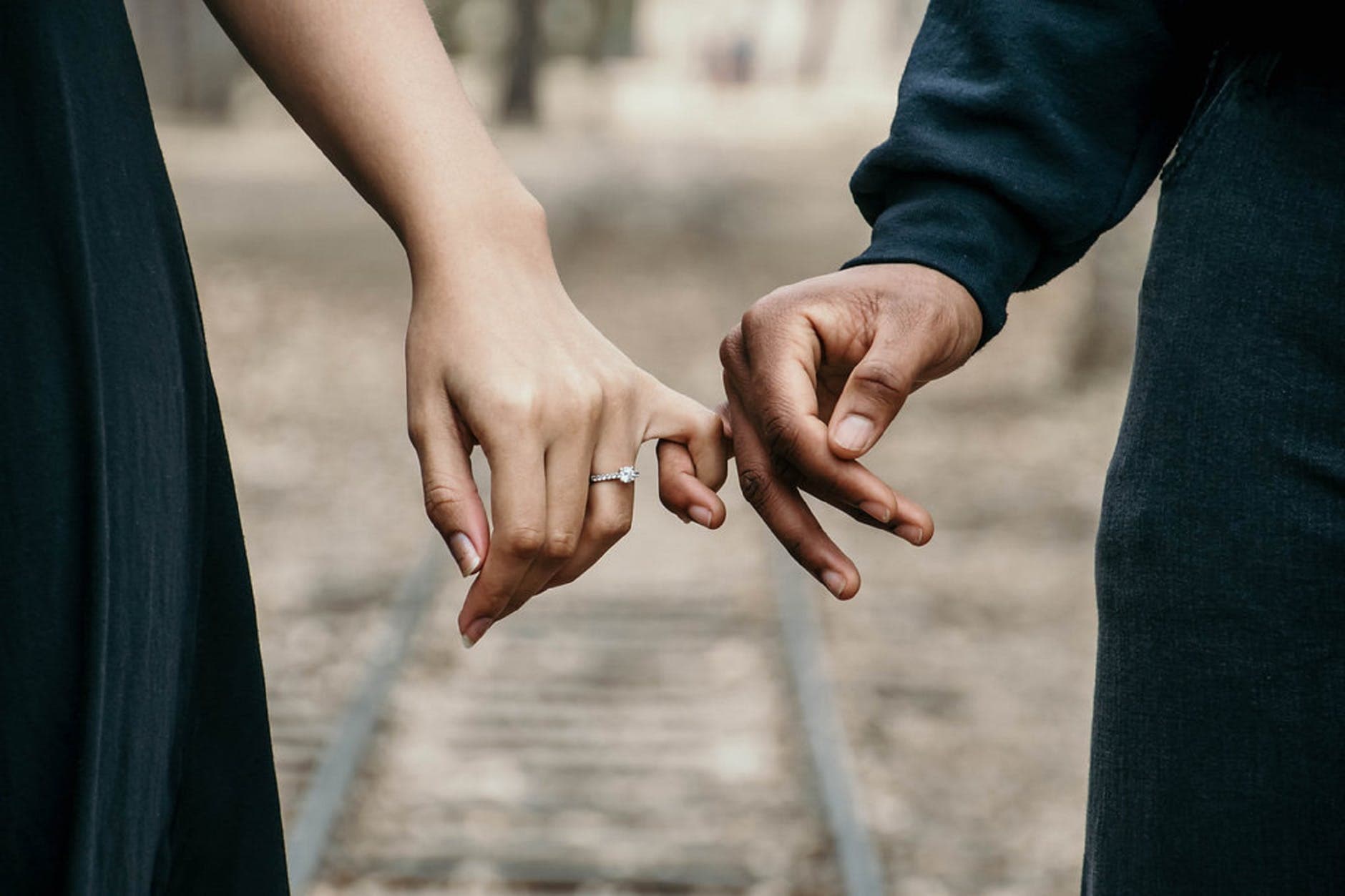
Table of Contents
As Jewelry Shopping Guide editors, we write about things that we love and we think you’ll like too. We often have affiliate partnerships, and may generate some revenue from these links at no cost to you.
The engagement ring has become one of the most important milestones in a relationship. But while we love this tradition, most of us have no idea where it came from. Some credit it to the ancient Egyptians, others to the Romans or the middle ages, while for some it only really started with the infamous De Beers marketing campaign.
So, how far can we track the history of the engagement ring and how far back in history should we actually go?
Let’s go over each of the most significant eras that have led to the present day engagement ring tradition.
Ancient Times – Where did the engagement ring tradition originate?
- Egyptians?
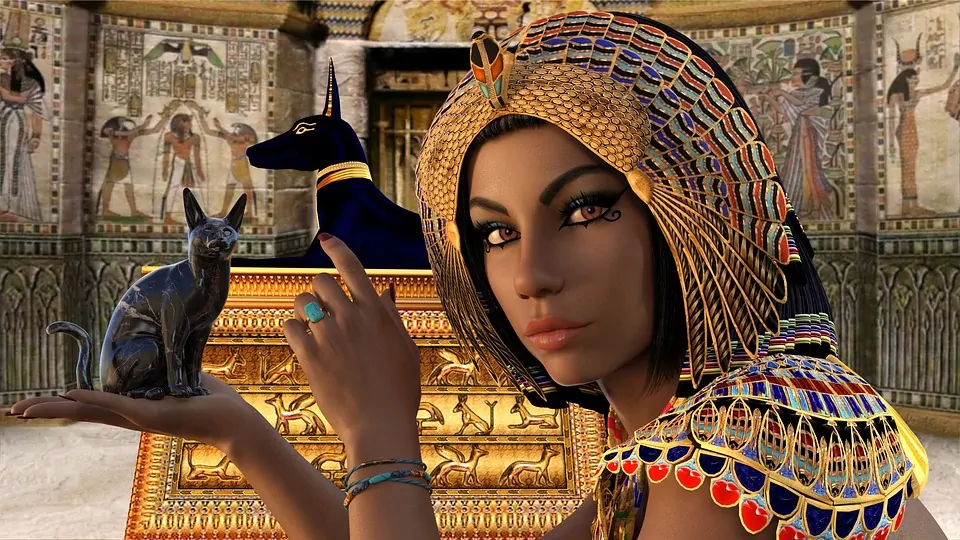
For a lot of people, engagement ring history begins all the way back to the times of the ancient Egyptians.
There are quite a few historical sources that seem to indicate that the Egyptians had the tradition of exchanging hoops made out of braided reeds as an engagement promise. And while that seems to be relatively well supported by both evidence and the fact that the Egyptians were among the many cultures that viewed the circle as a symbol of eternity, not enough is not enough for most historians to place this is as the birthplace of the engagement rings.
- Ancient Greeks?
The ancient Greeks are also known for having similar practices. Some claim that they’ve adopted them from the Egyptians as a lot of customs and traditions have been exchanged and transferred between these two cultures throughout the ages. Most historians still agree, however, that with the Greeks there too is a distinctive lack of sufficient evidence to firmly crown them as the originators of the engagement ring tradition.
- Romans?

The ancient culture that’s most frequently regarded as the originator of the engagement ring are the Romans. There’s a plethora of reliable evidence that Roman men used to give rings to their betrothed when taking their hand in marriage. In fact, married Roman women used to wear two different rings – one golden ring in public and one iron ring. This was to protect the gold ring, which was only worn on special occasions.
Iron rings were very popular in the Roman society for quite some time due to the material’s popularity and accessibility. Over time gold, silver and other metals became more and more available to the public and the iron rings were phased out.
Even back in those days, the engagement ring was always placed on the left-hand ring finger. That’s because at the time the Romans believed that there was a vein – the vena amoris – that led directly to the heart.
The Middle Ages – The progress of the engagement ring
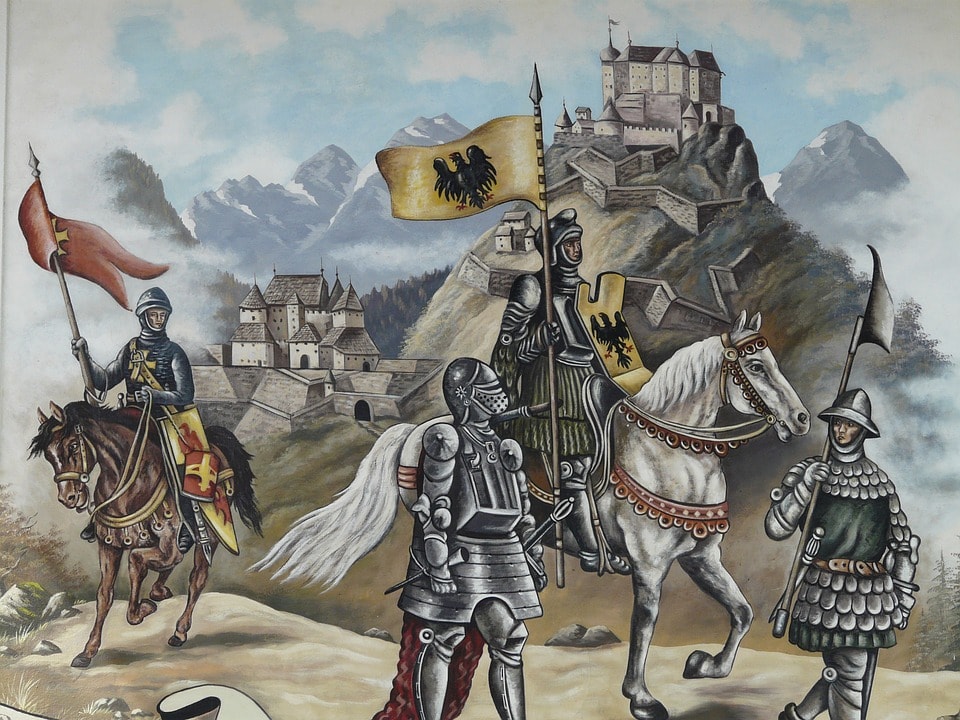
There are many written sources from the middle ages that describe in detail the engagement and bridal practices couples went through, including the exchange of engagement rings.
The 7th century Visigothic Code, for example, explicitly required that the man pledge himself to the woman with a symbolic ring that’s to be viewed as a promise.
In another instance, in the 8th century, Pope Nicholas I wrote to the Bulgarian Tsar Boris I about the differences between the Roman Catholic Church and the Eastern Orthodox Christian Church and all their customs and practices, including the Roman practice of the man giving a ring to his betrothed.
The middle ages are littered with a lot of other instances describing the practice of ring giving.
Even when Pope Innocent III prohibited clandestine marriages in 1215 and required that all marriages are made in public and ahead of time, ring giving was still mentioned as a tradition and a practice.
Renaissance – The diamond engagement ring is born
If we are to talk about diamond engagement rings, in particular, the first officially documented case of a diamond ring given as an engagement ring was in 1477 in Austria.
There, the Archduke Maximillian gave a diamond engagement ring to his betrothal, Mary of Burgundy in the Imperial court in Vienna.
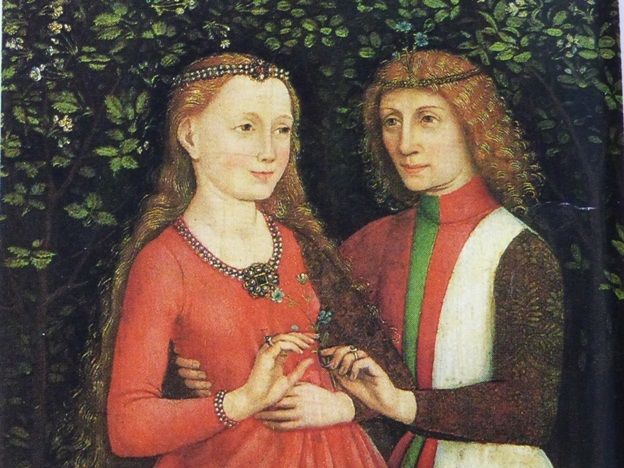
This event is widely regarded as the main reason why the higher class in Europe started giving diamond rings to their loved ones as a symbol of their engagement.
The common folk at the time couldn’t afford diamond rings, of course, but it’s believed that the practice of traditional ring given was still ongoing among them at the time.
Reformation Period – The wedding ring reigns supreme
During the Protestant Reformation the wedding ring officially replaced the traditional betrothal (or engagement) ring as the main symbol of marriage.
The transition was confined in the Protestant countries, however, and their Catholic neighbors followed suit a bit later.
The Age of Enlightenment – The tradition of linked rings
As the age of Enlightenment dawned upon Europe and the Western world, wedding and engagement rings continued to evolve.
During this age, the gimmal rings rose in popularity as a way to signify marriage. Gimmal rings, often also called gimmel rings (from the Latin gemellus, which means twin), are essentially two-part or three-part rings that link together. The reason they became so popular is that each person in the engaged couple could wear one hoop and then rejoin them to use as a wedding ring. In the case of three-part gimmal rings, the third link was usually given to a witness of the couple’s vows to keep until the marriage. This, essentially, gave start to the “best man” tradition.
Another popular ring type at the time was the posie ring, often spelled posy, posey or poesy. These were gold rings with short inscriptions that were typically given to the ones beloved. They weren’t officially used as engagement rings, however, and were more just traditional lover’s gifts.
Victorian Era – Diamonds galore
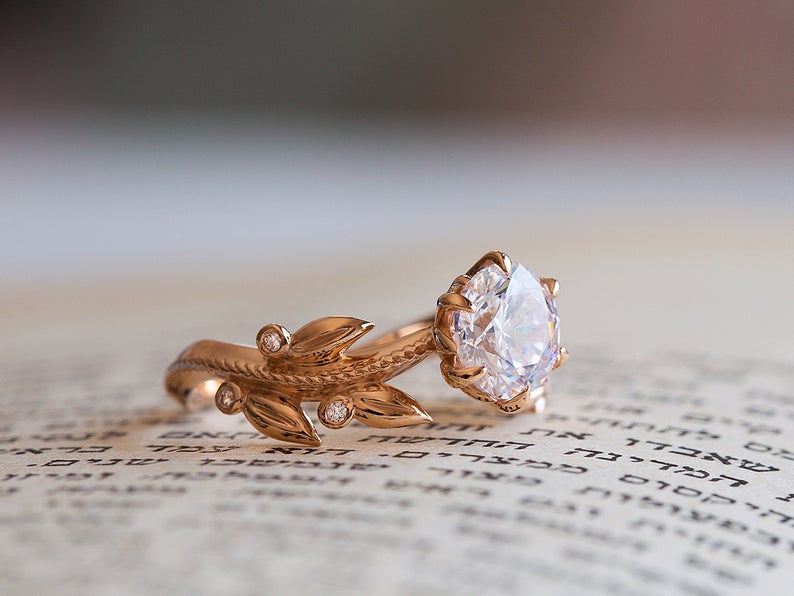
The Victorian era was where the diamond engagement ring made its next big leap into popularity. That development was helped by the huge output of diamonds that South Africa suddenly started pouring into Europe and North America.
Diamonds were first discovered in South Africa in 1866 (and officially recognized as such in 1867). As early as 1872, the output of the South African mines alone exceeded one million carats per year. The more the production increased, the more accessible diamonds became and so even those of lesser means became able to purchase and gift diamond engagement rings. Lowly aristocrats, merchants, and administrators – a lot of people who 10 or 20 years before wouldn’t have even dreamt of being able to gift their beloved a diamond ring were now able to do so.
Still, traditions change slowly, so even during the Victorian era, the diamond ring was still viewed as something that’s meant for the nobility and the aristocracy, so the simpler folk still favored the traditional wedding ring band.
20th Century – Diamond engagement rings enter the mainstream
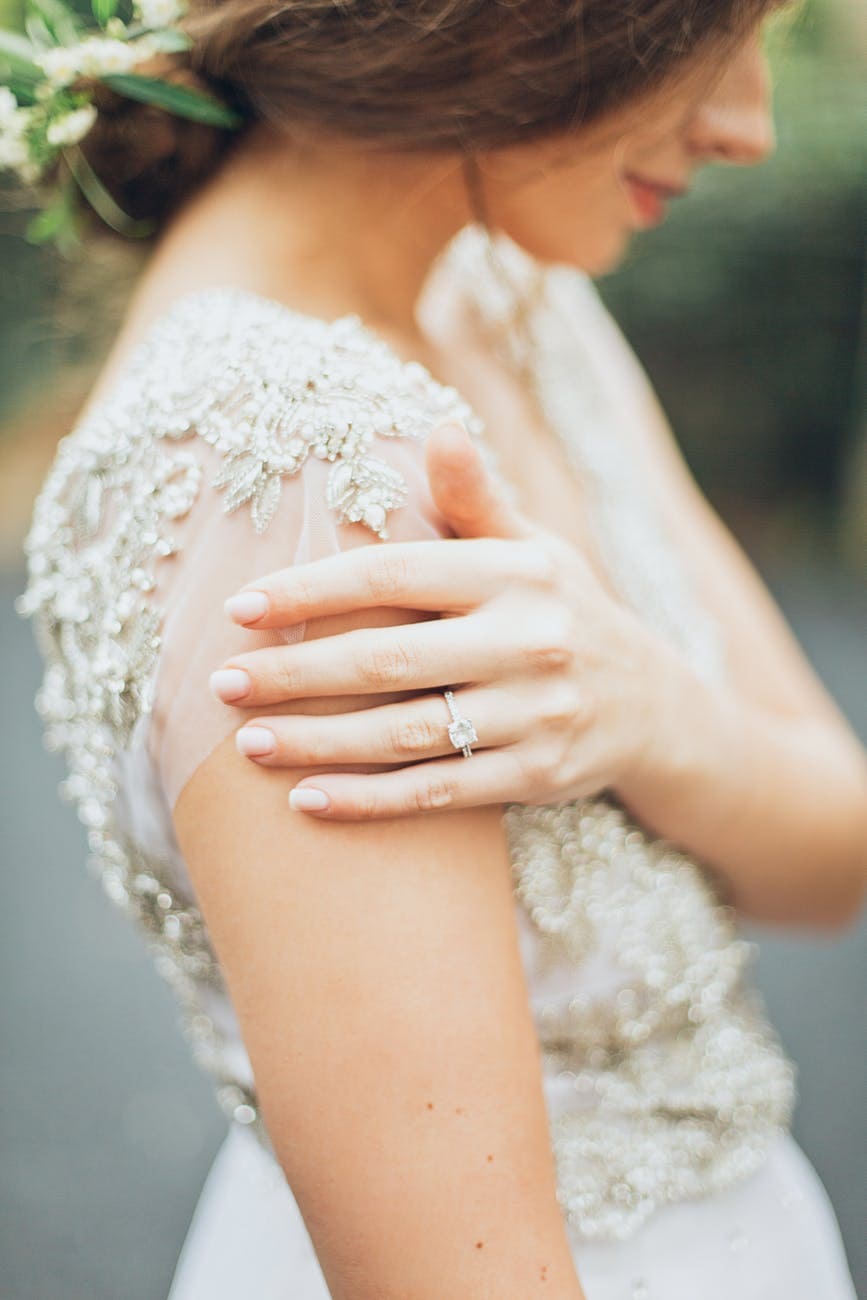
The 20th century is where things kicked into high gear for the diamond engagement ring, especially in the U.S., thanks to the famous De Beers marketing campaign. That didn’t begin until the late 1930s, however.
Before that, diamond rings were actually even more unpopular in the U.S. than they’d been in the previous century. After the First World War ended and during the Great Depression, the price of diamonds collapsed and more and more young people had stopped viewing diamond rings as something necessary or even enticing or interesting.
As the De Beers diamond cartel started doing their marketing research in the 1930s, they discovered that only about 10% of the American engagement rings at the time used diamonds. That’s why, in 1939, De Beers started their well-known advertising campaign.
It was a strong long-term marketing strategy that aimed to educate the public about diamonds, as well as to captivate their attention with interesting advertisements and catchy slogans. Right from the start, De Beers started sparking interest in diamonds by explaining the 4Cs to the public (cut, carat, color, and clarity), as well as throwing in details about the mining and manufacturing process of diamonds and the diamond engagement ring.
De Beers rightly judged that the public is easily impressed when something new and unique is simply described in detail and presented as a “great product”.
But De Beers’ final stroke of genius hit in 1947 when they presented the A diamond is forever slogan. This hit the public right where it mattered – in their innate sense for the symbolic.
The A diamond is forever slogan brilliantly connected the longevity of the diamond (even though, let’s face it – it’s definitely not “forever”) and the desired longevity of the marriage.
The marketing campaign became one of the most successful in history. Here’s their 1997 version.
The long-established symbolism of the circle itself, together with the newly-established symbolism of diamonds quickly relaunched the popularity of the diamond ring from something that about 10% of the people wore to something that the vast majority of them did. Newer concepts, settings, and designs kept being invented every other year, such as the tension setting that the German company Niessing created in 1979.
Thanks to that De Beers marketing campaign, for most young couples, diamonds have become the only acceptable gemstone for engagement rings.
21st Century – Diamond engagement rings today
In the 21st century, the diamond ring boom of the previous 60 years has gradually started to change. Most people still view diamond rings as the main and most desirable option for an engagement ring but some are turning to other gemstones, not so much for budgetary reasons but in search for something more unique. New and more bizarre or post-modern designs keep being invented, and some people are even steering back to stone-less engagement rings.
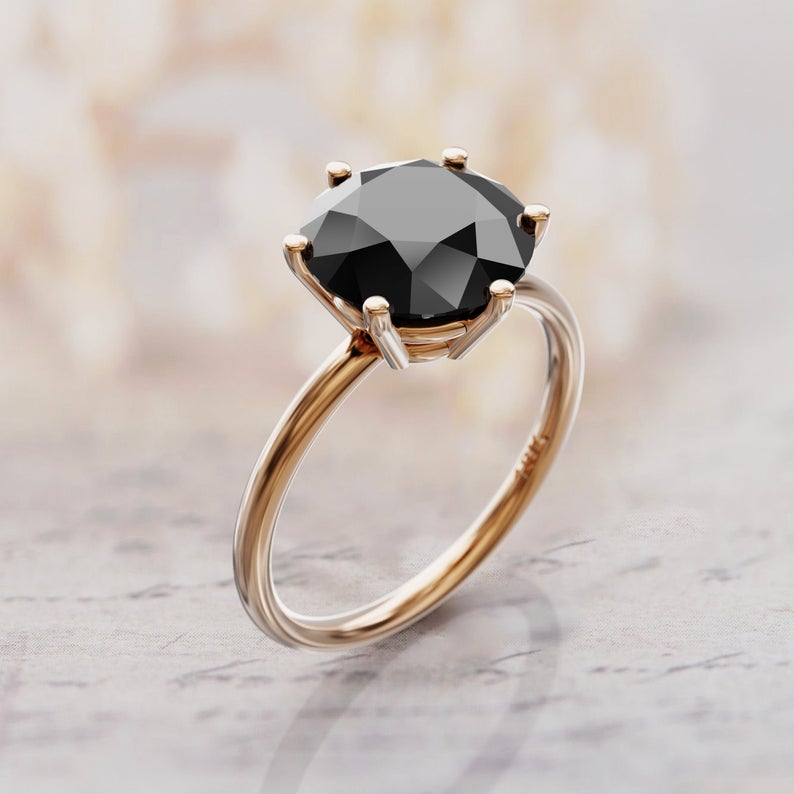
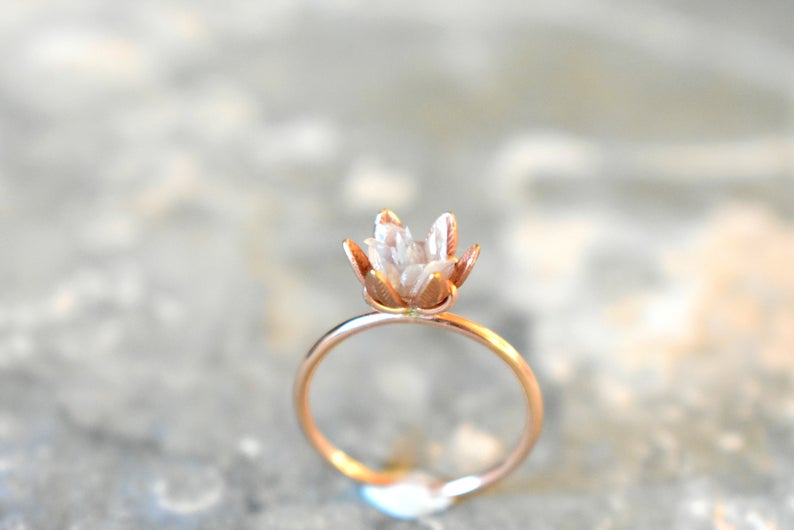
The Kimberley Process Certification Scheme (KPCS) that was signed in 2003 also had a significant effect on the diamonds and diamond engagement ring industries. With it, conflict diamonds (or blood diamonds) from several of the main diamond exporting countries in Africa were banned for import in most countries worldwide. This not only briefly slowed the manufacturing process and raised prices, but it also raised awareness among the public about some of the unspoken truths of the diamond industry. This too had a noticeable effect on many people’s enthusiasm about diamond engagement rings.
Another factor to consider is the rate at which people are getting married. It’s widely known that the percentage of married couples in the first two decades of the 21st century has been plummeting – it has fallen from 9.8 per 1,000 people in 1990 to 6.9 per 1,000 in the U.S. according to Statista.com.
This, however, is largely offset by the gross increase of the population as a whole. So, even though the percentages of married couples are decreasing, the number of married couples in the U.S. has increased from 53.26 million in 1990 to 61.24 million in 2018.
Despite all that, diamond engagement rings and engagement rings, in general, are still an extremely popular and widely used tradition among married couples.
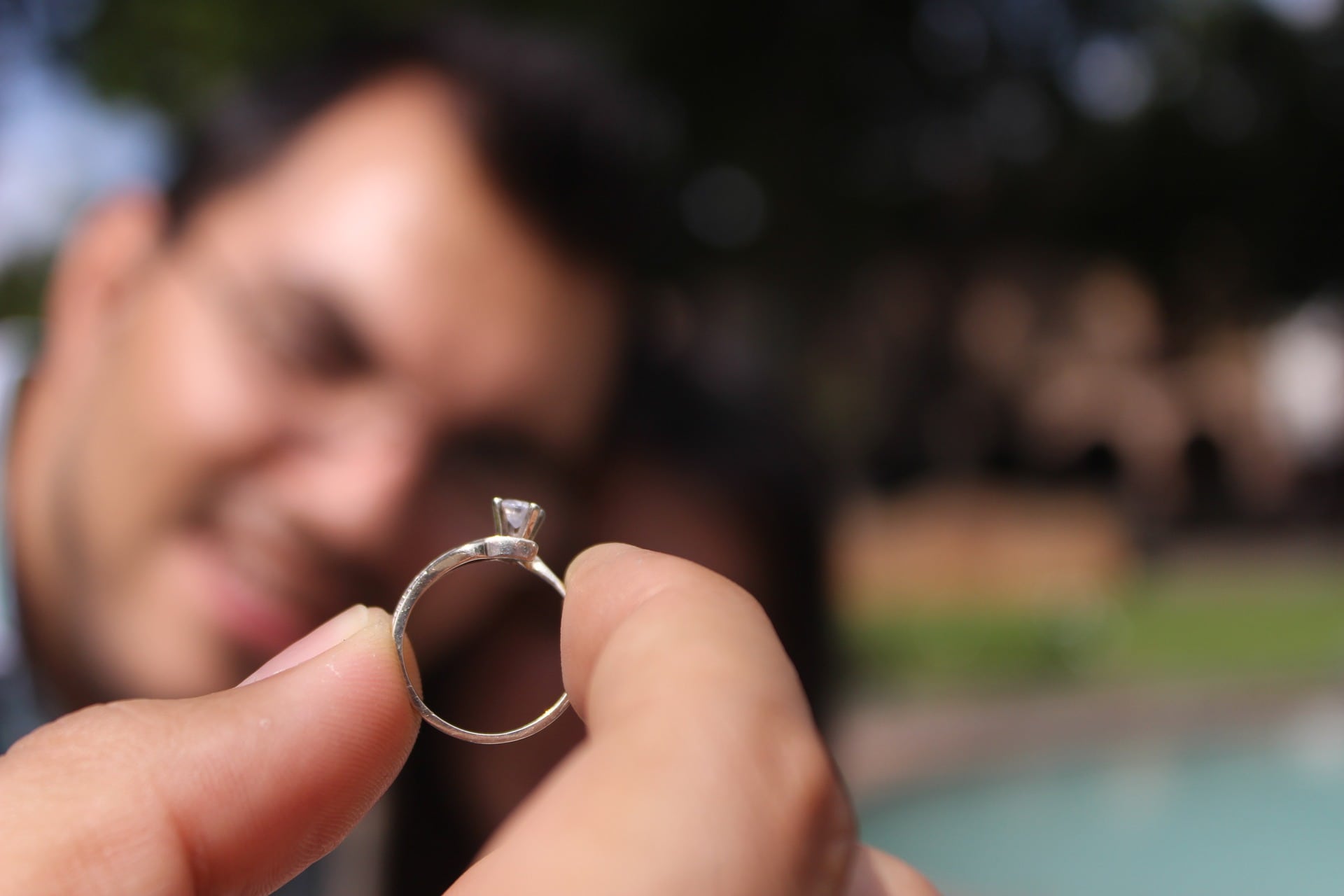
Whether we’re talking about betrothal rings, engagement rings or wedding bands, they’ve all had a pretty interesting history. In many ways, the evolution of the engagement ring very well represents the cultural changes that our societies have gone through in the past two or three millennia. We don’t know what’s next for the engagement ring tradition but it too will certainly be interesting to follow.









